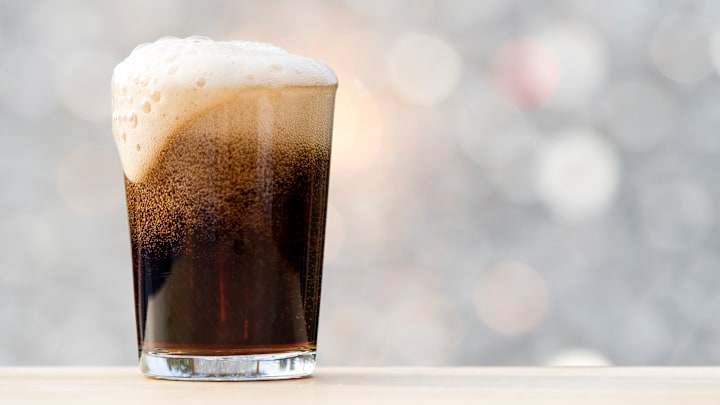Root beer is a nostalgic drink for many people, whether they grew up ordering a glass bottle of it at their local pizza joint or downing root beer floats on hot summer days. Birch beer and sarsaparilla might sit next to root beer on the shelf of your local bottle shop. While all three drinks share a certain nostalgic charm, they’re far from identical. Let’s break down their origin stories and explore what makes each of them unique.
Root Beer: The American Classic
Originally made from the roots of the sassafras tree, root beer gained popularity in the United States during the 19th century. Early recipes often had a low alcohol content and were considered medicinal tonics [PDF]. But as the soft drink industry grew, root beer evolved into a sweet, non-alcoholic household staple.
Today, sassafras is no longer used in commercial production due to FDA restrictions on safrole, a compound found to be carcinogenic. Most modern root beers are made with artificial flavors or safe botanical substitutes, like wintergreen, vanilla, licorice root, and spices like cinnamon and nutmeg. No matter which blend of flavors your root beer contains, it’s bound to make for an excellent ice cream float.
Sarsaparilla: The Original
The words sarsaparilla and root beer are often used interchangeably today, but originally, they referred to two distinct drinks.
Sarsaparilla was made from the Smilax ornata vine, which is native to Central America. The name comes from the Spanish zarzaparrilla, and the drink rose to popularity in the American West in the 1800s. Unlike root beer’s mix of flavorings, sarsaparilla was traditionally made from just the one root, resulting in an earthier, more medicinal flavor.
The two drinks blurred together over time. And with sassafras banned from most commercial drinks, many root beer recipes started using other roots (including sarsaparilla). Modern sarsaparilla will often contain the same mix of sweeteners and spices as root beer, though it’s usually a bit more bitter.
Birch Beer: The Northeastern Favorite
Birch beer is the outlier here, because it’s actually not a root-based soda at all. Instead, it’s made from the sap and bark of birch trees, particularly sweet birch. It’s most commonly found in the northeastern United States, especially in Pennsylvania and New England.
Birch beer is usually clear or lightly colored (though versions also exist in red, brown, and even blue, depending on the type of birch used). Its taste is typically lighter and less sugary than root beer, with subtle minty notes.
Read More About Soda:
